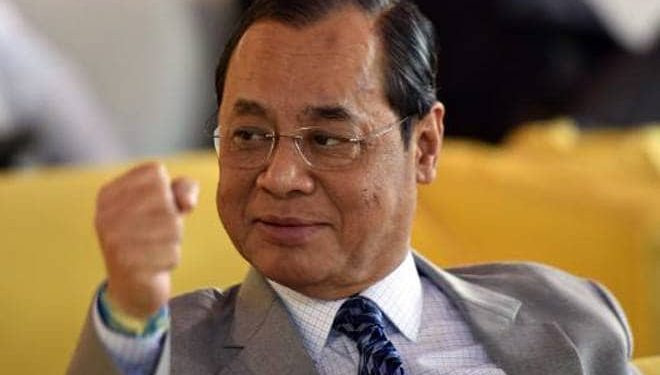New Delhi: The suo motu hearing initiated by the Supreme Court in the wake of sexual harassment allegations against Chief Justice Ranjan Gogoi has assumed a new dimension with experts raising objections to the way the procedures have been flouted.
The apex court has taken serious note of the contents of the affidavit filed by advocate Utsav Bains and ordered a judicial probe into the allegations raised by him. Former Supreme Court judge AK Patnaik has been assigned to conduct the probe.
However, the consistent violation of procedure by the Supreme Court has drawn the attention of the law-abiding citizens. The procedure for filing and hearing cases in the apex court is governed by the SC Rules, 2013.
The court does not ordinarily sit Saturdays, but there is leeway provided for the Court to sit Saturdays in extraordinary cases. The rules are silent on who decides to have such sitting. Thus, it would be the master of roster, the Chief Justice, who is entitled to convene such a sitting. The court considered the matter “as of great public importance touching upon the independence of Judiciary.”
The Bench formed to hear the matter comprised CJI Gogoi himself and Justices Arun Mishra and Sanjiv Khanna. However, when the order passed by the bench that day was uploaded on the website of the court the name of CJI was missing.
During the hearing, the bench said it will not pass any order since the CJI is on the bench (as the case relates to CJI personally). In such cases, the concerned judge recuses and the order passed will record the same while sending the matter to the CJI for listing before the appropriate Bench.
In such an event, the order should, as per established convention, reflect the names of all judges on the bench including the one who has recused. However, that convention was not followed April 20. The order uploaded on the website that day reflected the name of Justices Arun Mishra and Sanjiv Khanna, though CJI Gogoi was very much part of the bench.
The case came to be listed for April 23. Interestingly, the bench had undergone a change. The new bench comprised Justices Arun Mishra, Rohinton Nariman and Deepak Gupta. Why the composition changed is again unclear and it is a departure from the convention.
The way in which the affidavit was filed by Utsav Bains is interesting. Bains is not a party to the case. For that matter, it is not clear who exactly the parties to the case are.
Bains had put up a Facebook post on the evening of April 20 after the Supreme Court initiated the suo motu proceedings. In the post, he spoke about how he was approached by certain persons to frame the Chief Justice of India. He also said he would be filing a detailed affidavit in the apex court. Subsequently, he filed an affidavit.
This fact came to light when the causelist for April 23, 2019, was published although Bains had apparently put up the copies of the same on his Facebook profile. The causelist stated that the affidavit filed by Bains will be heard. This is what reeks of another procedural irregularity on the part of the Supreme Court.
Pax Americana Ends
The end of Pax Americana is clearly in sight. While this has long been the goal of many leftists battling...
Read more





































